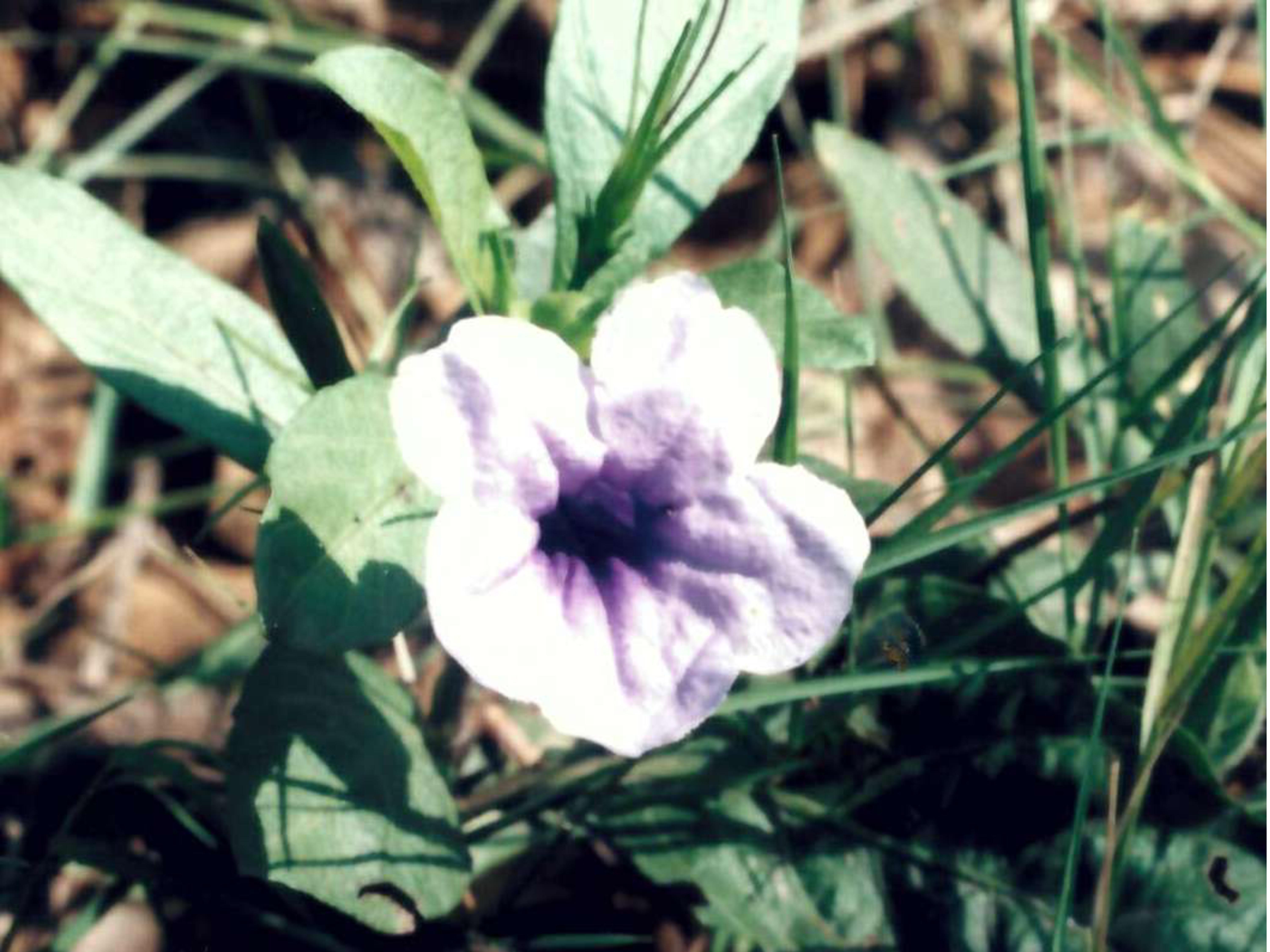Weeds constitute an important aspect of modern crop production systems. Hence proper identification of local weeds, their life cycle and biology, agronomy and control are absolutely important for successful crop production. Most farmers need to realize that they must have a detailed history of their crop fields and the weed infestation patterns impacting their crop production historically. If one follows the history of crop production system of a particular field in a particular location; they will realize that a distinct pattern of weed emergence happens every year on that particular field. So by following the wheat infestation pattern and their biology intimately one should be able to detect the nature of the weeds and their damages to the crop; and identify the particular seasons or time of the year when these weeds appear to compete with the standing crops.
Weed management is an important aspect of modern agriculture and is an integral part of any conventional and non-conventional crop production system. It is absolutely important for weed biologists, agronomists, agrologists, weed scientists and more importantly farmers, crop producers and ranchers to identify weeds correctly and comprehensively so that judicious herbicide treatments and/or weed removal strategies could be implemented at the right stage and right time. Furthermore, weeds are a serious threat not just to agriculture but also to our fragile forests and other natural ecosystems and vulnerable native plants. Any good field biologist must have a comprehensive knowledge of local weeds, invasive plants as well as native species to make sure that the local ecosystems are not being threatened by invasive weeds or accidentally introduced exotic plants that could prove to be a serious threat to our agriculture and environment.
However, it is quite unfortunate that other than highly trained technical personnel weeds are mostly unknown to many farmers, crop producers, ranchers as well as crop advisors and new biologists, agronomist and agrologists. Hence it is quite important that the fundamental basics of proper weed identification, weed biology and weed management needs to be transferred to the public domain in the simplest possible non-technical terms to educate and aware people and communities associated with farming, agriculture as well as park management and conservation. This is also beneficial for farmers maintaining city and municipal gardens as well as home makers and both rural and urban families maintaining lawns and kitchen gardens. Weeds look different at various stages of growth from seedling to mature fruiting and flowering periods, weeds from same or closely related plant families are often quite confusing to identify and needs training for correct identification.
If one follows the weed cycle closely they will realize that particular species of weeds are associated with particular field as well as specific crops. Hence if one knows the local weed biology intimately and their specific infestation pattern or aggression in the crop field; they will be able to control the weeds more efficiently and effectively. If the weeds are identified properly proper cultural, physical or mechanical and chemical (herbicides and weedicides) treatments can be judicially applied for successful crop production. Crop producers need to realize that over application of agriculture-chemicals much higher above the recommended dosages prescribed by the agriculture-chemical companies is actually a recipe for future disaster.
Unnecessary over exposure to specific chemical groups and families only lead to resistance among target weed species and they loose their long term impact. Furthermore, resistant weeds will increase the cost of production as more divergent and expensive chemicals may be needed for control of the weeds or even higher dosages and higher frequency of applications may be recommended for effective control. These are factors that would impact economy and ecology alike. Excess chemicals deposited on the ground will be washed away by rain and irrigation water into adjoining fresh surface water bodies and/or percolate downwards into ground water resources resulting in agricultural pollution of precious natural resources, kill farmer friendly insects or change soil flora and fauna as well as physical and chemical properties if the soil.
Hence it is important to practice Integrated Weed Management (IWM) to help control weed without over application of agricultural chemicals and make ecology and economics go hand in hand. Controlling weeds at the beginning of the season through comprehensive weed scouting is the first step. One should keep an eye on eradicating resident and volunteer weeds from farm perimeter to deny them to get established down the season and infiltrate the crop fields. Appropriate narrow or broad spectrum herbicides should be applied at the right time, with right frequency of applications and dosages to avoid developing resistance by the weeds. One has to remember that every field is different from the other and hence they need to be catered accordingly. Generic application of herbicides does not necessarily help in crop production. One has to design the formulation based on the particular field, its history of crop production and nature of local weed infestation.
It is not advisable anymore to leave a crop field fallow and make them exposed to various kinds of weed during the fellow season. A crop producer or farmer should look into proper rotation programs suitable for their area and locality and based on the market demand. It is always advisable to grow different crops over the years to avoid the field getting depleted of essential macro and micro nutrients. Including some green manure in between the rotations by growing legume crops is a good idea. Use of various cover crops to promote soil health is also important to keep weeds under control. In spite of the fact that weeds are detrimental to our ecosystem and agriculture, they are also angiosperms (true seed bearing higher flowering plants) belonging to different plant families. They also bear spectacular flowers during their respective flowering periods and are mostly unknown to us.
